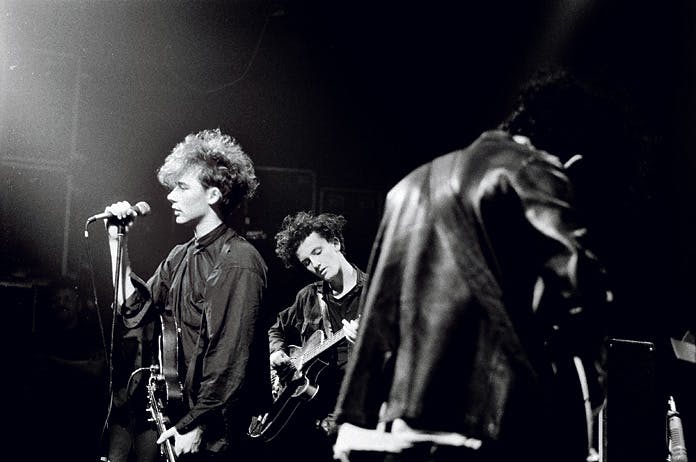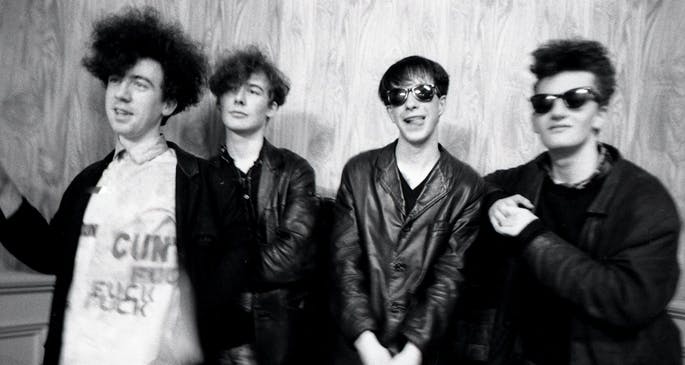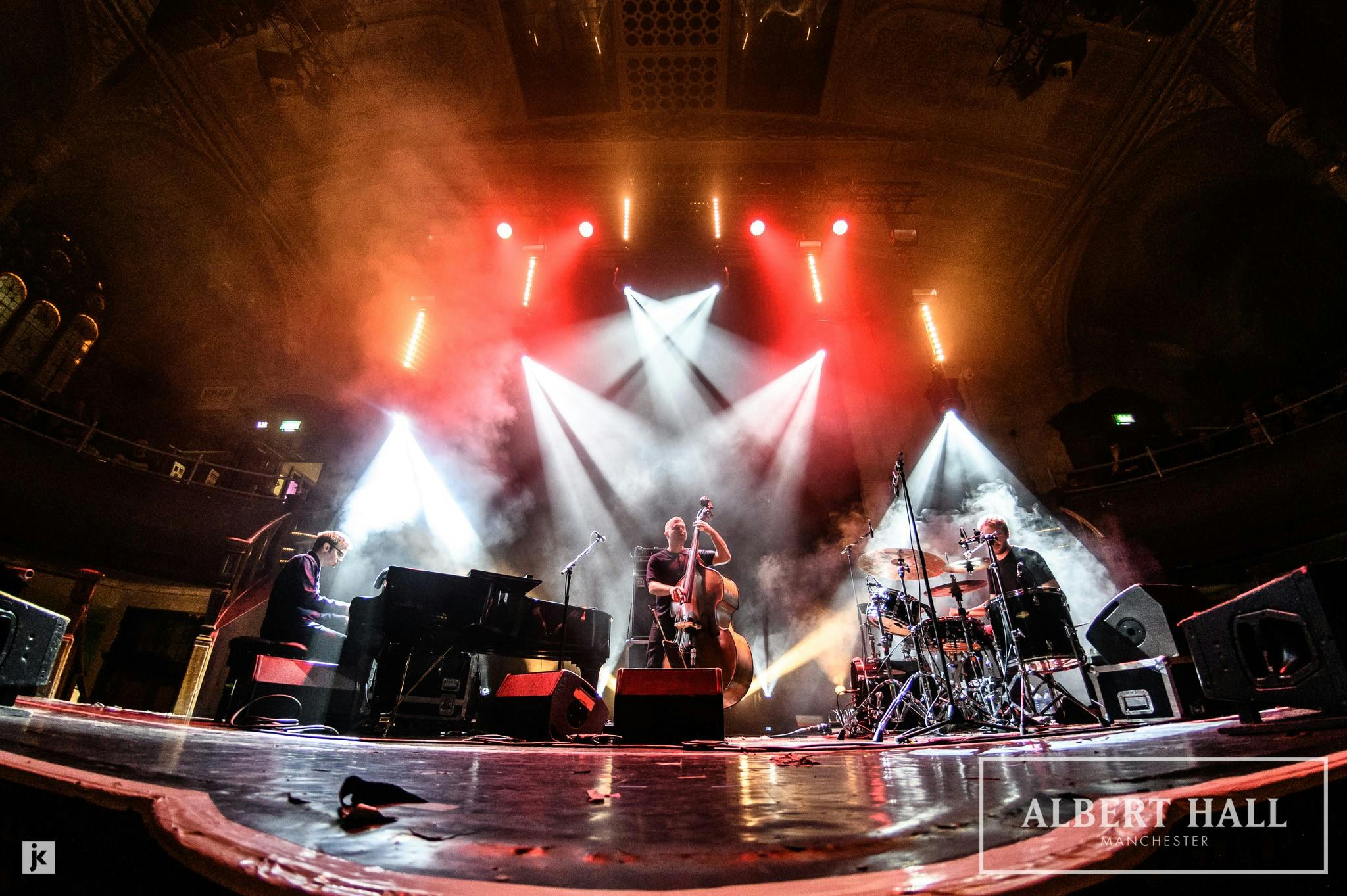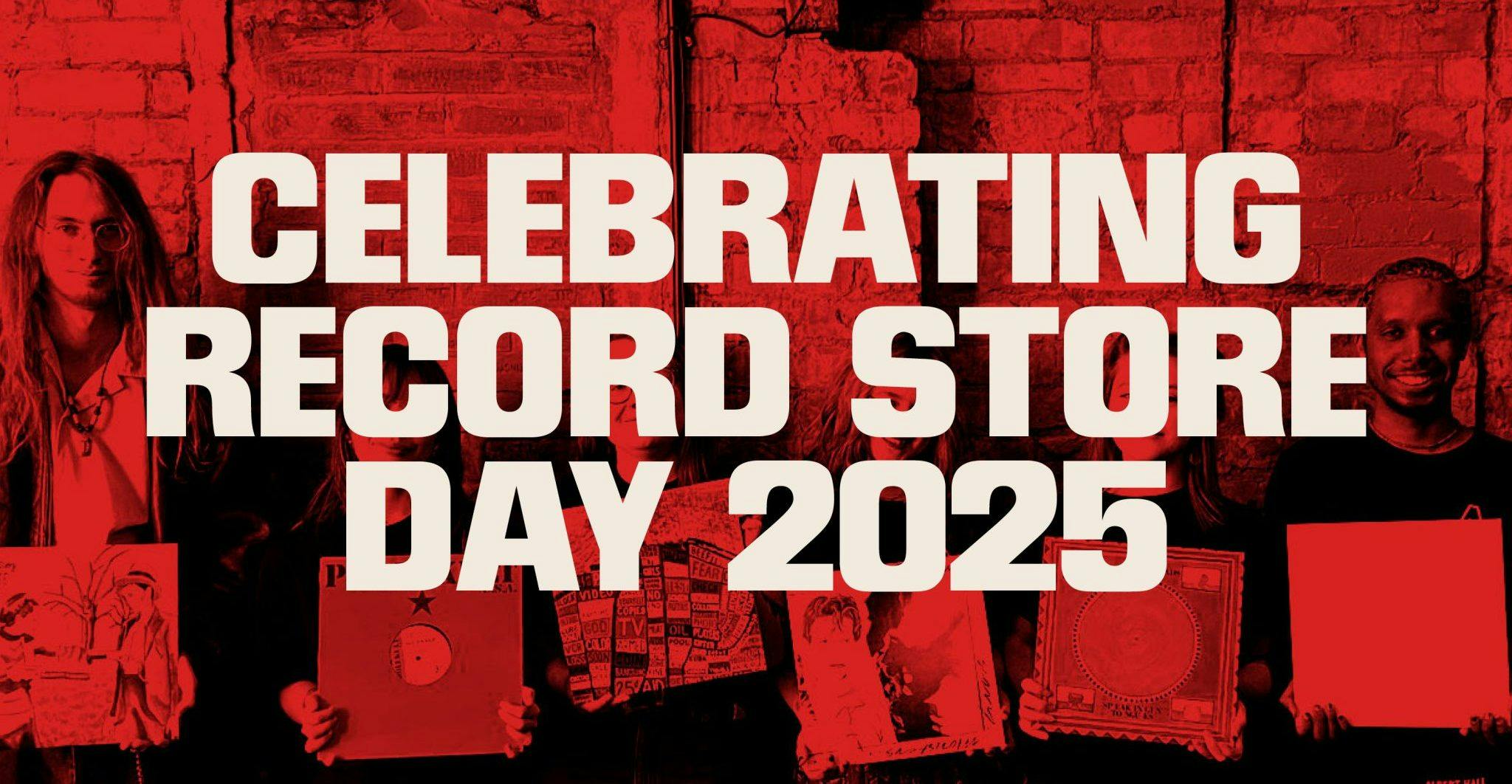
By 1984, British independent music had reached a kind of impasse. The early forward motion of punk, and then post-punk, had stalled towards diminishing returns. The promise of New Pop had curdled into the Old Pop. Enter the Reid brothers. Jim and William quit their dead-end jobs in East Kilbride and began working at something tantamount to a pop experiment. Few rules in pop are as iron and enduring as the twenty-year rule – the idea that sounds or scenes from two decades ago suddenly turn from cringe to highly appealing (consider the turn of millennium sonics appearing now on TikTok-age pop bangers).
The Reid brothers (and a brief turn from Bobby Gillespie on drums) were the beginnings of a 60s revivalism that used that decade’s tropes with unexpected panache. What if we took the heart from Phil Spector pop, but sprayed it in a thick haze of jet black feedback? What if we were the Supremes, basically, but also Einstürzende Neubauten?
They didn’t just take their melodies and clothes from the 1960s, they had a very 1960s idea of tabloid moral panic too. Whether or not they actually did start a riot at their infamous March 1985 show at North London Poly, their manager was certainly very keen that you knew about it. That manager was Alan McGee, and the Jesus and Mary Chain was his first commercial success – turning this gawky Scottish rail worker into an industry player, with repercussions that would extend for the next decade and a half.
Commercially, it’s hard to see how a whole host of British independent music happens without the release of Psychocandy in November 1985. Psychocandy’s magic is harder and harder to explain to a younger generation – that’s because its formula was so perfect that it would become the default mode for a kind of indie rock ever since. Certainly, though, it created a noise melodic continuum that would extend through My Bloody Valentine, Spacemen 3, Stereolab, and more.
Did the Reid brothers know that the Psychocandy sound would be so widely imitated? 1987’s Darklands suggests so – out with Bobby Gillespie, and in with the drum machine. Rather than bulldozing over their pop hooks, they put them on parade – it worked too, April Skies and the gorgeous Happy When It Rains were bona fide crossover pop hits. By 1989, dance music had arrived and Jesus and Mary Chain were not only absorbing that but pointing to new visions of the future – Automatic was received as a dud at the time has, in fact, been reappraised as a peak, with sharper ideas and looser groves that were in tune with the emerging ecstasy moment. 1992’s Honey’s Dead was lively, and perhaps more the back to basics rock record that early 90s British audiences wanted, but by 1994’s Stoned & Dethroned they had made an album that effectively did what it said on the tin. Highlights, though, did include duets with Shane MacGowan and Mazzy Star’s Hope Sandoval. And then the hiatus.
Following a 2006 reissue programme that saw the group get the reappraisal they deserved, a Coachella appearance in 2007 would set the scene for an eventual – albeit slow to arrive – reunion record in 2017. Produced in collaboration with Youth, Damage and Joy would be that rarest of things, the genuinely good comeback album, splitting the difference between throbbing electro noise and oak-aged, Stones workouts. “We’re driven by the same things that made us make music then” explained Jim Reid, on that album’s release, “I mean, you find a radio now, switch it on, and I guarantee it’ll be garbage coming out. That still pisses me off.
The Jesus and Mary Chain perform Darklands and other greatest hits at Albert Hall on the 17th of November (tickets here).



